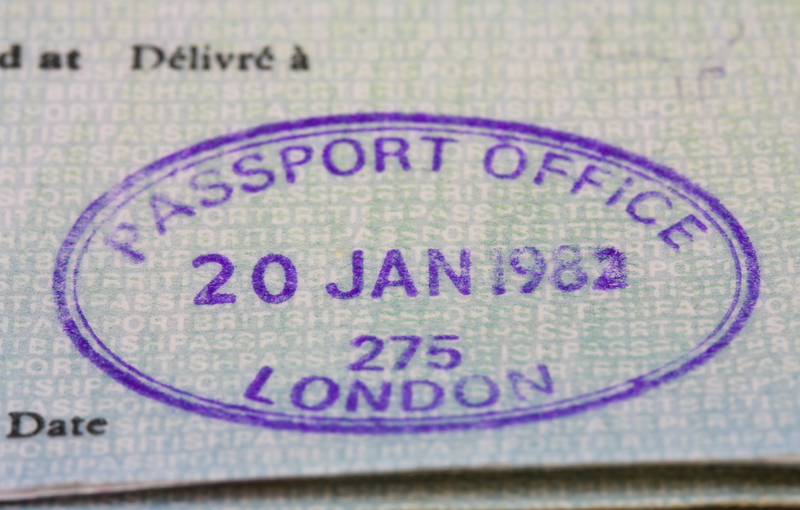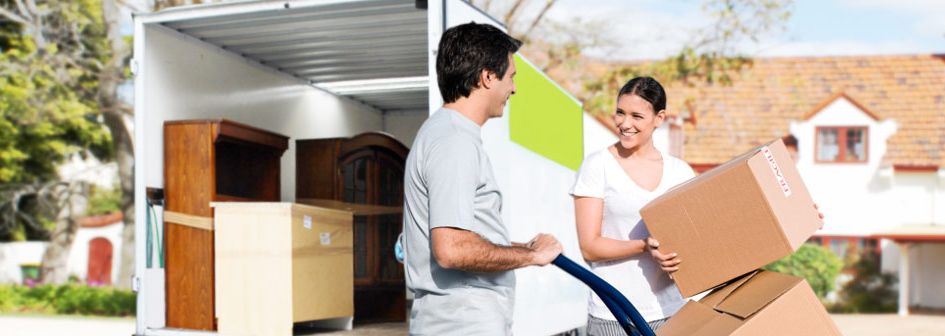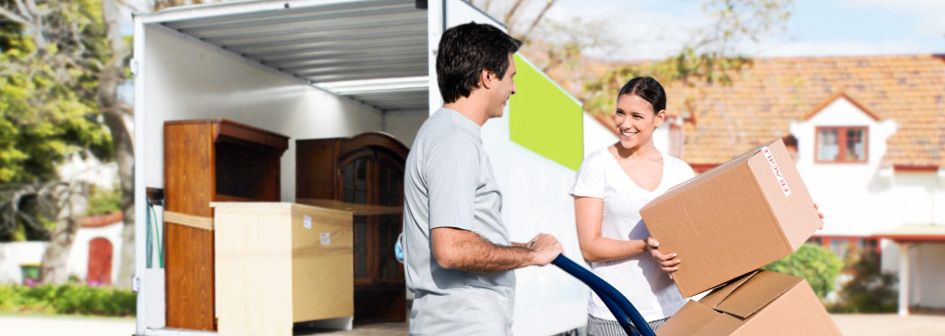How to Ensure a Successful Piano Move with Expert Hands
Posted on 21/05/2025
How to Ensure a Successful Piano Move with Expert Hands
Moving a piano is unlike moving any other piece of furniture. Its weight, delicate internal components, and often immense sentimental value make the task daunting. Whether it's an upright, a grand, or a baby grand piano, improper handling can lead to expensive damage or even personal injury. This comprehensive guide will walk you through how to ensure a successful piano move with expert hands, highlighting crucial steps, expert tips, and essential preparations for a safe relocation.

Why You Need Experts for a Piano Move
Pianos are intricate instruments that combine delicate mechanisms with considerable heft. The average upright piano weighs between 300 to 500 pounds, while grand pianos can top 1,000 pounds. More than just weight, the distribution and fragility of internal components mean one wrong move can irreparably harm your instrument. This is why involving piano moving professionals is highly recommended.
The Costs of Amateur Piano Moves
- Scratched or damaged wood finish
- Broken legs or pedals
- Internal tuning and structural damage
- Potential harm to floors, doorways, or even walls
- Risk of physical injury from strain or slips
Given the above, the initial cost of hiring expert piano movers is often less than the combined repair expenses and medical bills that might follow an amateur attempt.
Pre-Move Preparation: Setting the Stage for Success
1. Assessment and Planning
Expert piano movers start with a thorough assessment of both the current location and the destination. They examine:
- Type and size of your piano
- Obstacles in the path: stairs, narrow hallways, door frames
- Flooring types (carpet, tile, hardwood)
- Distance between locations
This planning stage is critical. Knowing potential trouble spots helps movers choose the right equipment and manpower, ensuring a smooth transfer.
2. Obtaining Proper Equipment
Professional piano movers are equipped with specialized gear designed to prevent damage to your instrument and property. This includes:
- Piano dollies and skids - to distribute weight evenly
- Heavy-duty moving straps
- Padded blankets and wraps
- Protective covers for keys and pedals
- Ramps for stairs and trucks
Attempting a piano move without these tools greatly increases the risks of injury and destruction.
3. Securing Proper Insurance
When you hire an expert piano moving company, they should provide proof of insurance that covers your instrument during the entire process. Always verify:
- Liability coverage (for accidental property damage or injury)
- Instrument insurance (for the piano itself)
This gives you peace of mind, knowing your prized piano is protected.
The Steps to Ensure a Successful Piano Move with Professional Hands
Step 1: Preparing the Piano
Experts start by protecting your instrument with padded blankets. Keys and pedals are secured, and parts like the music stand or legs (for grands) may be removed for safe transit. All screws and hardware are carefully labeled and stored. This step significantly reduces the risk of scratches, chips, or movement of delicate parts during transport.
Step 2: Creating a Clear Path
Before moving begins, movers clear any potential obstacles and prep the path, using mats over hardwood floors and removing rugs that can slip. For homes with stairs, they may attach ramps or use special carrying harnesses to secure the piano's weight for safe lifting and descent.
Step 3: Lifting and Loading with Precision
The actual process of lifting a piano is an art in itself. For upright pianos, movers use a team approach to slide the instrument onto a skid board, then onto a dolly. For grand pianos, the piano is tilted gently onto its side and legs are removed before careful placement on the skid board.
- Even weight distribution is crucial to prevent warping
- Never attempt to move a piano with fewer than two strong adults
- All parts are wrapped and secured with straps
The piano is then rolled carefully to the moving truck or van, which has been prepped with anchor points to secure the instrument during transit.
Step 4: Safe Transportation
This phase requires patience and gentle handling. Pianos are sensitive to jolts and vibrations. Professional movers stabilize the instrument inside the vehicle with heavy-duty straps and position it away from other items, minimizing shifting. Movers may also use climate-controlled vehicles for particularly valuable or antique pianos.
Step 5: Placement in the New Location
Upon arrival, everything is reversed with just as much care. Movers reassemble any removed parts, check for loose hardware, and place the piano exactly where you specify. Experts can even advise on optimal placement for humidity, temperature, and acoustic performance in your new space.
Step 6: Post-Move Piano Care
- Tuning: Every piano move--no matter how gentle--affects tuning due to internal shifting. Schedule a professional piano tuning within a week or two after your move.
- Inspection: Check for any new scuff marks, chips, or loose components; inform the moving company immediately if you notice anything.
- Acclimatization: Allow the piano to adjust to the humidity and temperature of its new home before intensive playing or further adjustments.
How to Choose the Best Piano Moving Experts
Key Qualities to Look For
- Specialized Experience: Opt for companies known specifically for piano or large instrument moving.
- Proper Licensing and Insurance: Ask for documentation up front.
- Positive Reviews and Testimonials: Research online feedback and ask for client references.
- Transparent Pricing: Make sure quotes cover all services and there are no hidden charges.
Questions to Ask Before Booking
- How many pianos have you moved in the past year?
- What size and type of pianos are you most experienced with?
- Which safety measures do you put in place during a move?
- Do you offer climate-controlled transport for antique pianos?
DIY Piano Move: Risks and Limitations
While you might be tempted to save money with a DIY move, consider these risks:
- Physical harm -- back injuries, crushed fingers, or falls
- Improper lifting techniques can destroy key piano components
- Standard equipment--like household dollies--is not adequate for piano moves
- No insurance: Damage is not covered if you move the piano yourself
Unless your move is a minor one (within the same room or building, no stairs), and your piano is lightweight, it's best to leave the job to professional piano moving services for a truly successful move.
Additional Tips to Ensure a Smooth Piano Move
- Take Detailed Photos: Before the move, photograph your piano from all angles. This helps document existing condition in case you need to file an insurance claim later.
- Measure Doorways and Hallways: Share these measurements with your movers to preempt problems.
- Communicate Unique Needs: If your piano is particularly old, valuable, or sensitive to climate, inform your movers in advance.
- Clear the Path: Move furniture, rugs, and pets out of the way to allow unobstructed access.
- Label Fragile Items: If you have additional parts--like a bench or sheet music inside the piano--label and pack them separately.

Frequently Asked Questions About Piano Moves
How much does it cost to move a piano?
*Costs depend on the type of piano, its size, the distance of the move, number of stairs, and special handling needs. On average, expert piano moving services charge between $150 and $600 for local moves, with higher fees for long-distance or complex jobs.*
How long does it take to move a piano?
*Most local piano moves are completed in a few hours. Larger, grand pianos or moves with complex stairs or narrow entryways may require additional time for careful handling.*
Can movers store my piano if needed?
*Many piano moving companies offer climate-controlled short- or long-term storage options that help protect your instrument until you are ready for delivery and placement.*
Will my piano need to be re-tuned?
*Yes! Plan to have your instrument re-tuned by a professional piano tuner about two weeks after it has acclimated to its new environment.*
Conclusion: Secure a Stellar Piano Move with Professional Hands
Ensuring the success of your piano move hinges on one key factor: expert handling. From the moment you begin planning to the final placement and post-move tuning, engaging professionals can save you time, money, and heartbreak. By understanding each step--from assessment and equipment to transport, placement, and aftercare--you empower yourself to make the best choices for your instrument.
Protect your beloved piano by trusting its move to the professionals, and you can enjoy its music for years to come. For the ultimate peace of mind--and pristine piano performance--always rely on expert piano moving services for your next relocation.







